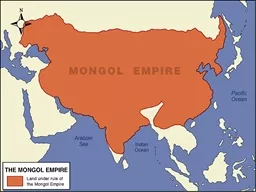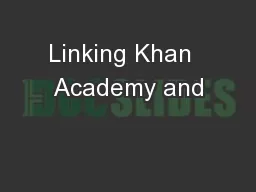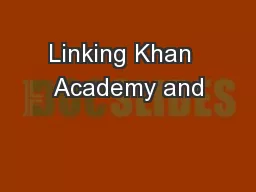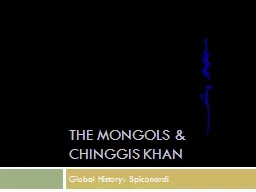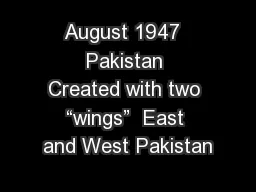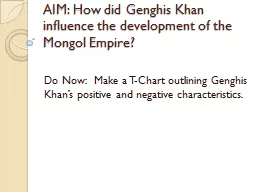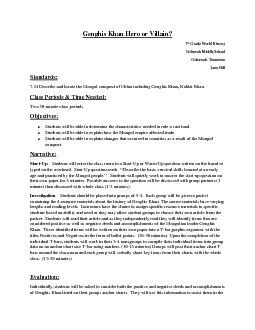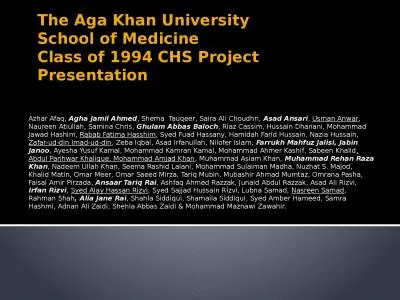PPT-Maria Anwer BB-11-01 AYUB KHAN REGIME
Author : tawny-fly | Published Date : 2018-12-21
19581969 Military Career A ppointed as the first Pakistani CommanderinChief of the Pakistan Army by Liaquat Ali Khan in 1951 Promoted over several senior officers
Presentation Embed Code
Download Presentation
Download Presentation The PPT/PDF document "Maria Anwer BB-11-01 AYUB KHAN REGIME" is the property of its rightful owner. Permission is granted to download and print the materials on this website for personal, non-commercial use only, and to display it on your personal computer provided you do not modify the materials and that you retain all copyright notices contained in the materials. By downloading content from our website, you accept the terms of this agreement.
Maria Anwer BB-11-01 AYUB KHAN REGIME: Transcript
Download Rules Of Document
"Maria Anwer BB-11-01 AYUB KHAN REGIME"The content belongs to its owner. You may download and print it for personal use, without modification, and keep all copyright notices. By downloading, you agree to these terms.
Related Documents


